The winter in Canada is cold and long. Everyone likes to stay at home. We all hope there is a warm and comfortable environment at home. Many people don’t like the indoors to be too dry and set the humidifier’s humidity to be high. Some people never open the window almost during the whole winter, for fear of wasting heat. As a home inspector, I often found that water droplets are hung on the surfaces of doors and windows of many houses, which we call condensate. It will appear soon after it is wiped off. If it is not wiped for a long time, the paint on the wooden window sill will be bubbling and mold will be formed. Everyone is very worried about this and doesn’t know what to do. Today we will take a look at what is the cause of the condensate, and what can be done to solve it.
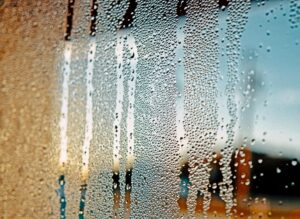
The generation of condensation needs to meet two basic conditions. First, humid warm air is required; Second, the temperature of the surface of the object in contact with the warm air should be lower than the dewpoint (Dewpoint, the water vapor content in the air remains unchanged, and the air pressure is kept constant so that the air is cooled to saturation temperature at which water vapor and water reach an equilibrium state).
We analyze from the following aspects.
First, check the windows.
If the windows have been more than ten or even twenty years old, you need to pay attention. Check whether the sealing strips of the windows are aging, whether the caulking is aging and cracking, whether there is fog in the middle of the double panes which means air leakage; whether the metal spacers at the bottom are rusted, if these signs appear, consider replacing the windows, because the thermal insulation performance of the windows is not good anymore. The temperature of the glass surface on the side of the room is very low, it is easy to generate condensate, and the heat loss is also serious .
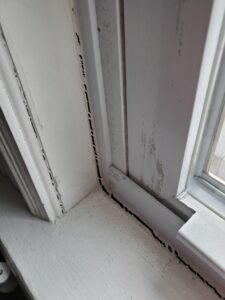
Second, Check the humidity setting of the humidifier.
The humidity setting of the humidifier should be adjusted with the change of outdoor temperature, you can refer to the table on the humidity controller. For example, the outdoor temperature is -10°C and the humidity should be set at 30%. Most people don’t pay much attention to the setting of the basement humidifier, and some people don’t even know that there is a humidifier in the house. When the outdoor temperature drops suddenly and drastically, condensate will easily appear on the window glass. Continue to lower the humidity setting, the condensate problem will be improved, but it should not be set too low. Usually, the humidity is best set at 30%-40%, which can reduce the condensate and protect the wooden structure and wooden window frames of the house. Frames, wooden floors will not crack, and people will feel more comfortable indoors with such humidity and will not feel too dry.
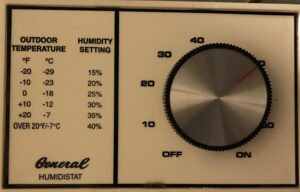
Third, Check the air circulation near doors and windows.
Adjust the airflow near the doors and windows and blow warm air against the doors and windows to blow away the accumulated humidity, increase the temperature of the air, and reduce the humidity around the doors and windows. If there is a skylight, it is better to have a return air vent on the wall below the skylight. Because the surface of the skylight is also prone to condensate, the condensate flows to the drywall and is absorbed. After a long period, the drywall will peel off the paint, and become moldy. The return air vent can promote air circulation near the skylight and avoid condensate.
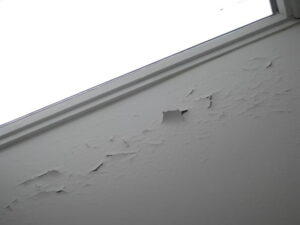
Fourth, pay attention to lifestyle habits.
People will produce a lot of water vapor when they breathe after one night sleep in the bedroom. After getting up every morning, it is best to open the window for a while to ventilate the humid air. After taking a shower, turn on the exhaust fan in the bathroom to run for a while to expel moisture. Every time you finish cooking, the kitchen will produce a lot of water vapor. It is best to open the window for ventilation and turn on the exhaust fan to run for a while.
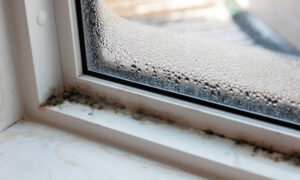
The last thing to note is that the condensate on the windows should be wiped off in time, otherwise the condensate will flow to the window frame or drywall and cause damage, which will cause mold in the long run and affect health. If the indoor humidity is too high, in some invisible places, such as behind the drywall, if the insulation is not done well, it will also produce condensate, which will also produce mold in the long run, which will affect your health.
